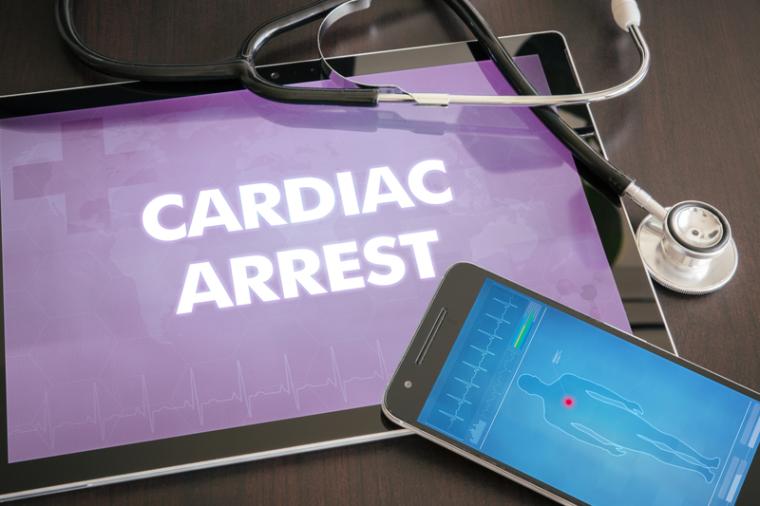
Note: The following article was published in 2016; however, in light of the injury sustained by Buffalo Bills player Damar Hamlin, it is being reprinted.
With all the attention directed to head injuries and concussions, and the way to diagnose and treat (if not outright prevent them), recent news about a different kind of safety equipment flew right under the radar. Sports event planners, event owners and rights holders in baseball and lacrosse, however, are advised to acquaint themselves with it.
The National Operating Committee on Standards for Athletic Equipment (NOCSAE) gathered for its bi-annual standards meeting in Kansas City earlier this month. And one of the key topics included the advancement of the world's first chest protector standard for commotio cordis.
Commotio cordis, also known as cardiac concussion, is an often lethal disruption of heart rhythm that occurs as a result of a blow to the area directly over the heart at a precise moment of heart's cycle, leading to sudden cardiac arrest. It is statistically rare, but victims tend to be youth (15 or under) and generally male. As such, it is a leading cause of sudden cardiac death in young athletes.
According to USA Baseball, the circumstances leading to cardiac concussion are innocuous at best; “it is the result of a low-velocity impact to the chest from a thrown or batted ball travelling usually at a speed of between 20-50 mph. It can also occur as a result of impact with any projectile and has been reported with softballs, lacrosse balls, hockey pucks, and even a fist.”
Catchers and goalies are typically the most vulnerable to commotio cordis, although any youth athlete being struck in the chest is vulnerable.
USA Baseball has also noted, “The impact must occur directly over the heart, the closer to the center, the greater the risk. The injured player does not have pre-existing heart disease and there is no structural damage to either the heart, chest cavity or chest wall as a result of the impact.”
 According to NOCSAE, approximately five to 15 athletes die every year from this syndrome. Most of these deaths are males under the age of 14 who are often already wearing chest protection. As a result, NOCSAE set out to develop a standard for enhanced chest protection.
According to NOCSAE, approximately five to 15 athletes die every year from this syndrome. Most of these deaths are males under the age of 14 who are often already wearing chest protection. As a result, NOCSAE set out to develop a standard for enhanced chest protection.
“This is an unprecedented breakthrough in sports protection,” said Mike Oliver, NOCSAE Executive Director. “Scientists have pinpointed the exact cause of commotio cordis, including the critical moment of occurrence in the cardiac cycle and the required threshold to prevent the injury. These findings have allowed us to create a chest protector standard that will significantly reduce, if not eliminate, the risk of commotio cordis.”
NOCSAE originally introduced the world's first chest protector standard for cardiac concussion at the January 2016 standards meeting. NOCSAE has funded more than $1.1 million in research to help identify the specific cause of commotio cordis and develop a chest protector standard designed to significantly reduce the likelihood of occurrence. The proposed standard applies specifically to baseball and lacrosse players.
The proposed chest protector standard is currently open for public comment through January 2017. Earlier this spring NOCSAE representatives and technical advisors met with manufacturers to solicit feedback on testing methodologies.
"The initial response has been extremely positive, and we are working to advance the proposed chest protector standard for commotio cordis to final status," said Oliver. "Coaches, parents and manufacturers all recognize the critical role the standard can play in reducing the occurrence of this rare but deadly condition."
Preliminary input shared at the June meeting included recommendations to refine the criteria and equipment required for testing. NOCSAE will continue to collect data and meet with interested parties.
While the use of an Automatic External Defibrillator (AED) onsite at the athletic field or arena can allow for faster treatment of an injury, prevention of cardiac concussion is viewed as a far preferable alternative.

